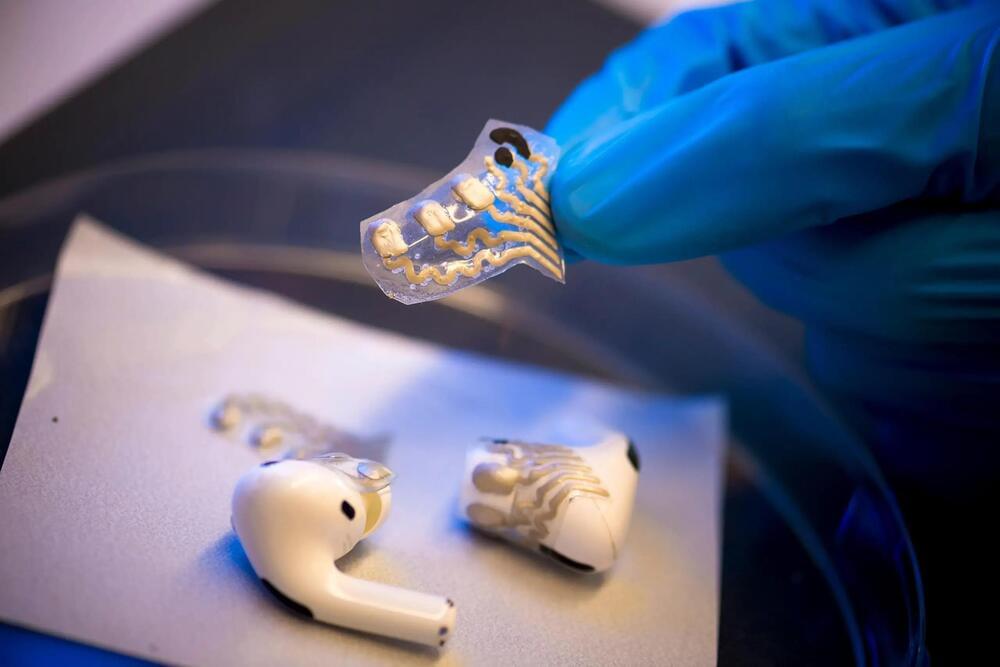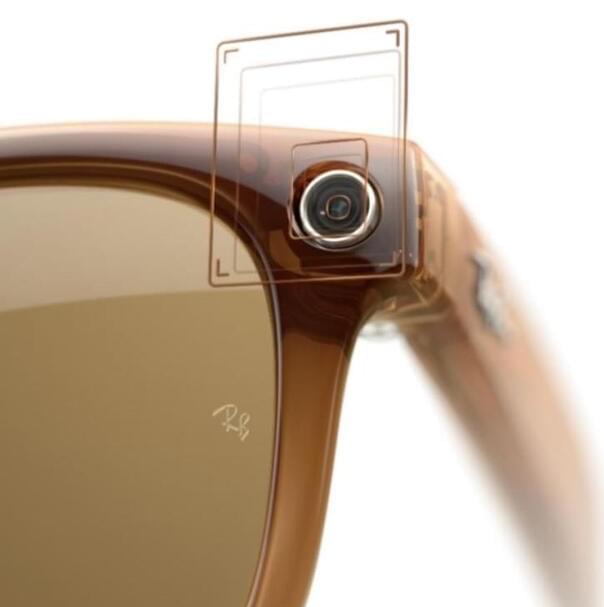Who knows? Maybe this is a way for giving commands to a computer/AI instead of implants if further developed in the future.
The streaming data from these biosensors can be used for health monitoring and diagnosis of neuro-degenerative conditions.
A pair of earbuds can be turned into a tool to record the electrical activity of the brain as well as levels of lactate in the body with the addition of two flexible sensors screen-printed onto a stamp-like flexible surface.
The sensors can communicate with the earbuds, which then wirelessly transmit the data gathered for visualization and further analysis, either on a smartphone or a laptop. The data can be used for long-term health monitoring and to detect long-term neuro-degenerative conditions.





